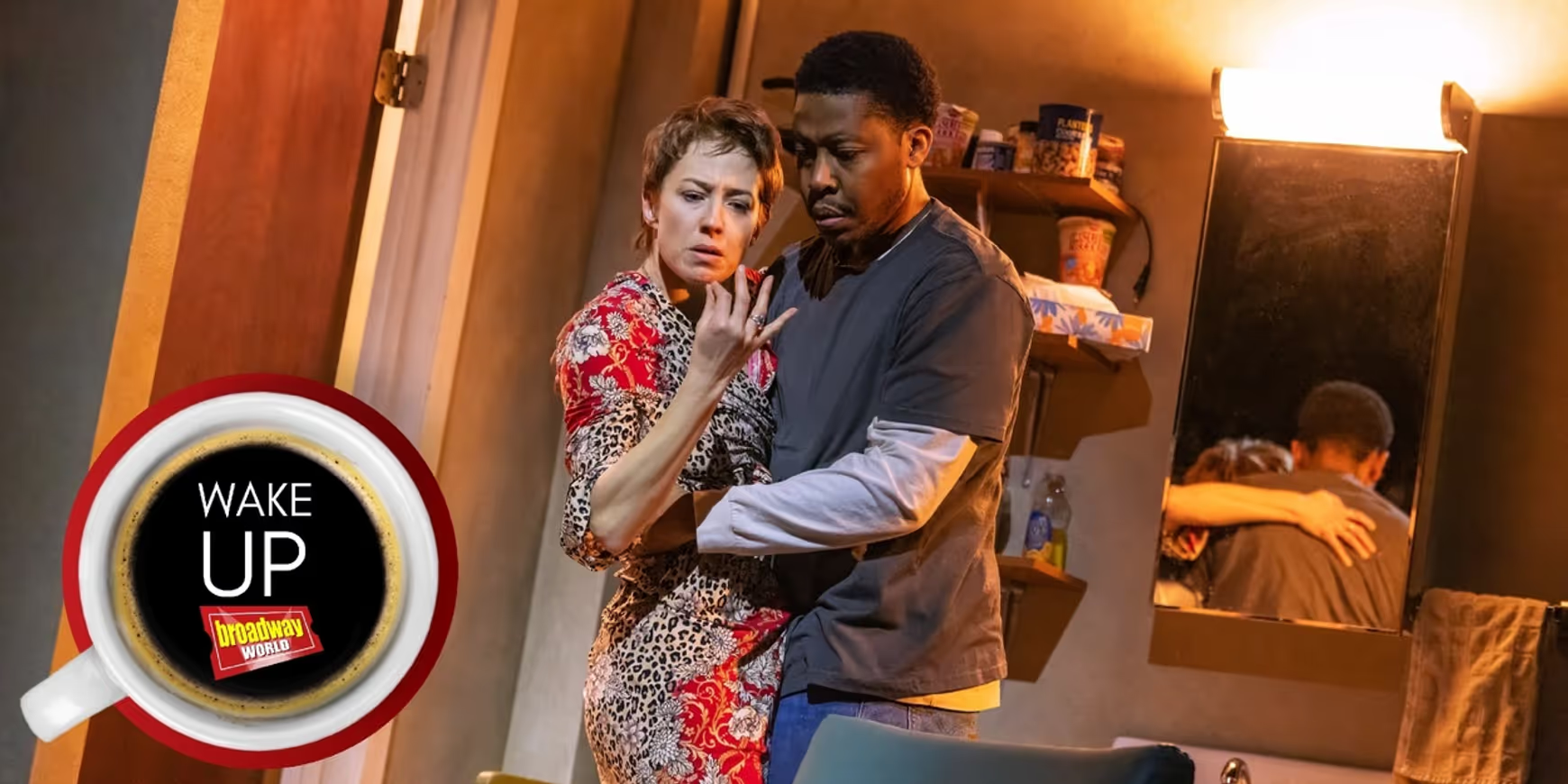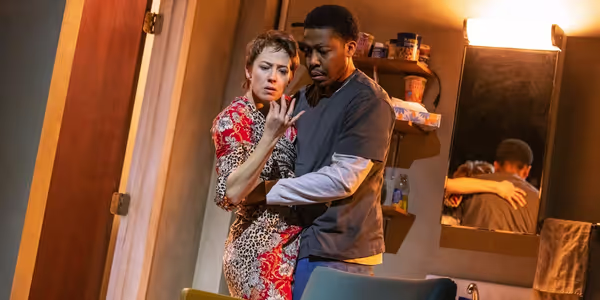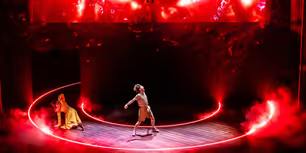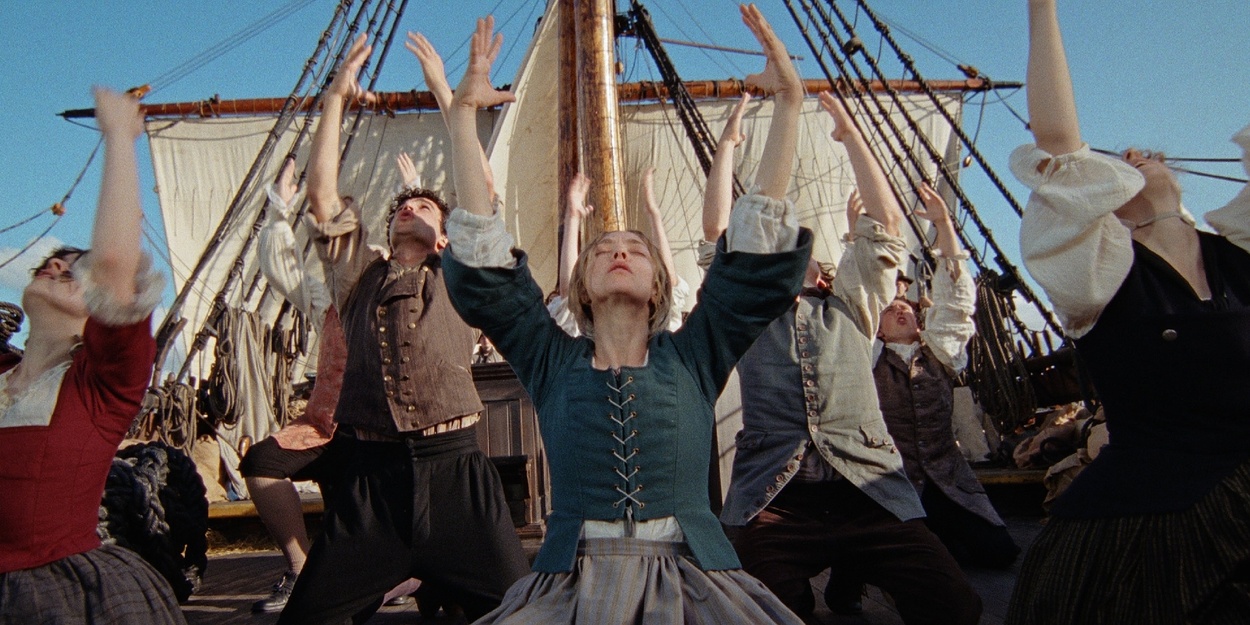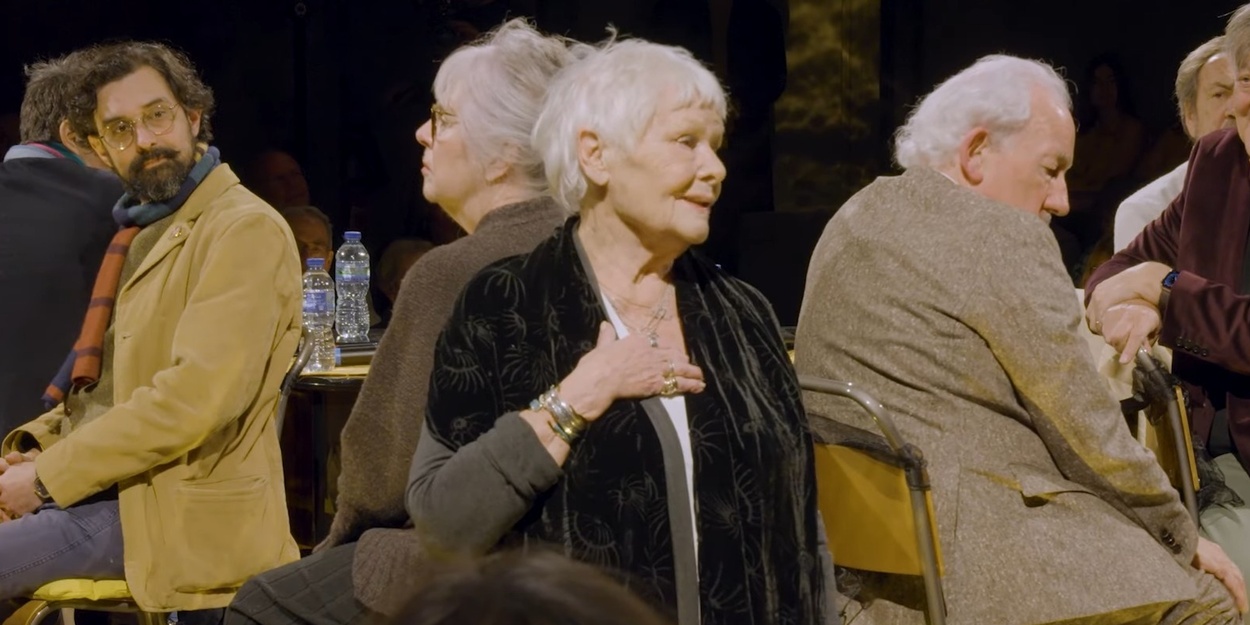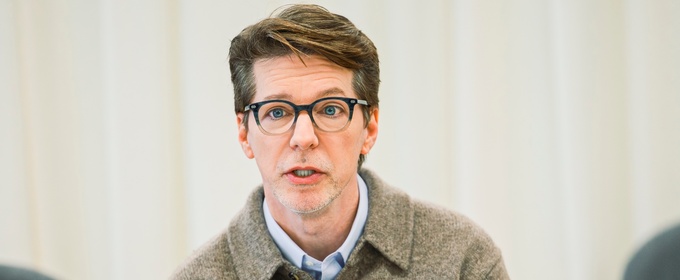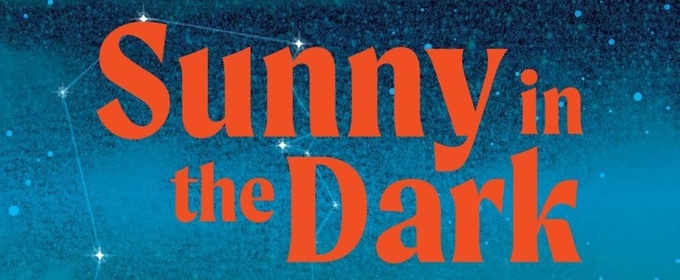Trending Stories
Recommended for You
Jim Parsons, Deborah Cox, Frankie Grande and Constantine Rousouli Join TITANIQUE Broadway Cast
They join the previously announced Marla Mindelle, who will lead the Broadway company as Celine Dion.
Additional Cast Joins Nathan Lane, Laurie Metcalf, and More in DEATH OF A SALESMAN
The cast includes K. Todd Freeman (Charley), Jonathan Cake (Ben Loman), John Drea (Howard), Michael Benjamin Washington (Bernard), and more.
THE FANTASTICKS Will Be Reimagined as a Gay Love Story For Broadway
The production features a revised book and lyrics by Tom Jones and music by Harvey Schmidt
Interview: Frank Wildhorn on His Global Career
Wildhorn discusses his projects including Chimney Town, Death Note, his new symphony 'Vienna' and more!
Ticket Central
Industry
West End

Review: LA TRAVIATA, Royal Ballet And Opera
This revival of Richard Eyre's classic staging begins RBO's 2026 season
This revival of Richard Eyre's classic staging begins RBO's 2026 season
New York City

Sharon Lawrence & Maureen McCormack Return To PEN PALS
They join the rotating roster of acclaimed women who have helped make Pen Pals an Off-Broadway success.
They join the rotating roster of acclaimed women who have helped make Pen Pals an Off-Broadway success.
United States

Review: STEREOPHONIC at Connor Palace (Key Bank Broadway Series)
Disappointing STEREOPHONIC at Connor Palace
Disappointing STEREOPHONIC at Connor Palace
International

Dario Regattieri impulsa la gala benéfica ESCRITO EN LAS ESTRELLAS en el Teatro Calderón
La gala reunirá canciones originales de producciones como EL TIEMPO ENTRE COSTURAS, EL MÉDICO o LA HISTORIA INTERMINABLE en una función a beneficio de la Fundación Cadete
La gala reunirá canciones originales de producciones como EL TIEMPO ENTRE COSTURAS, EL MÉDICO o LA HISTORIA INTERMINABLE en una función a beneficio de la Fundación Cadete



